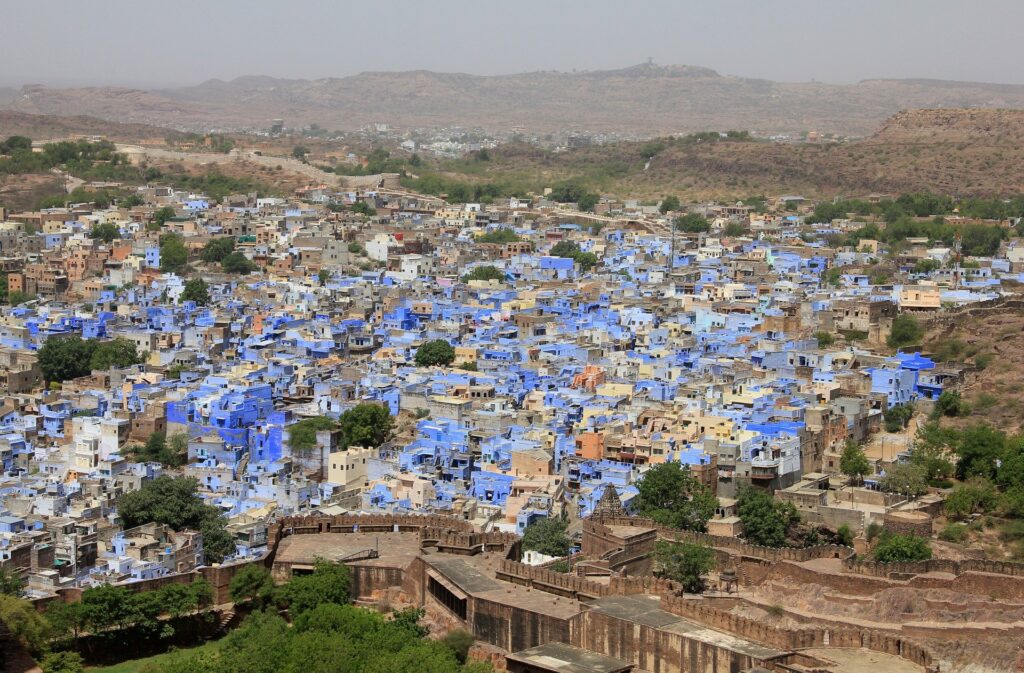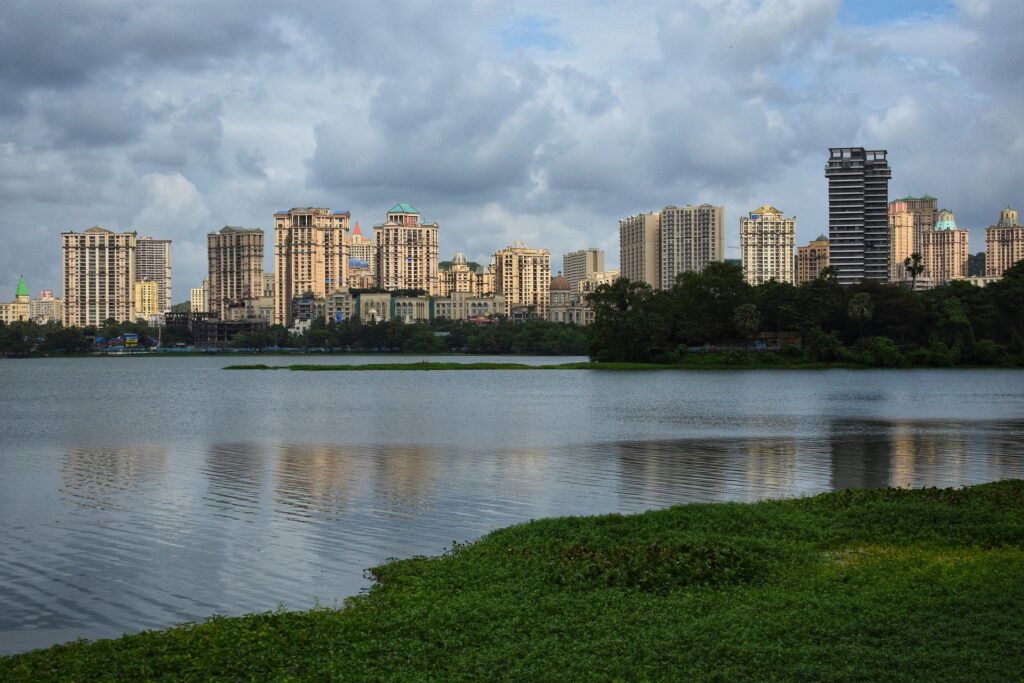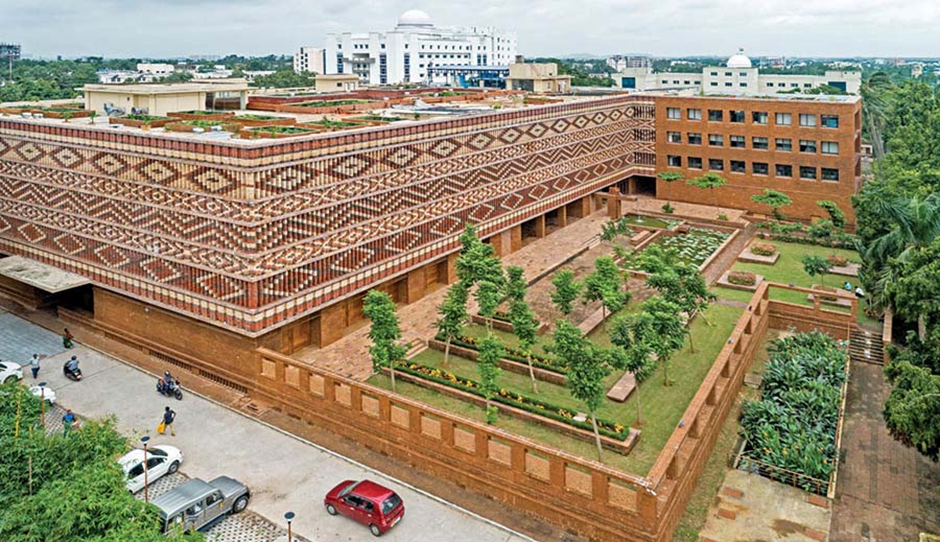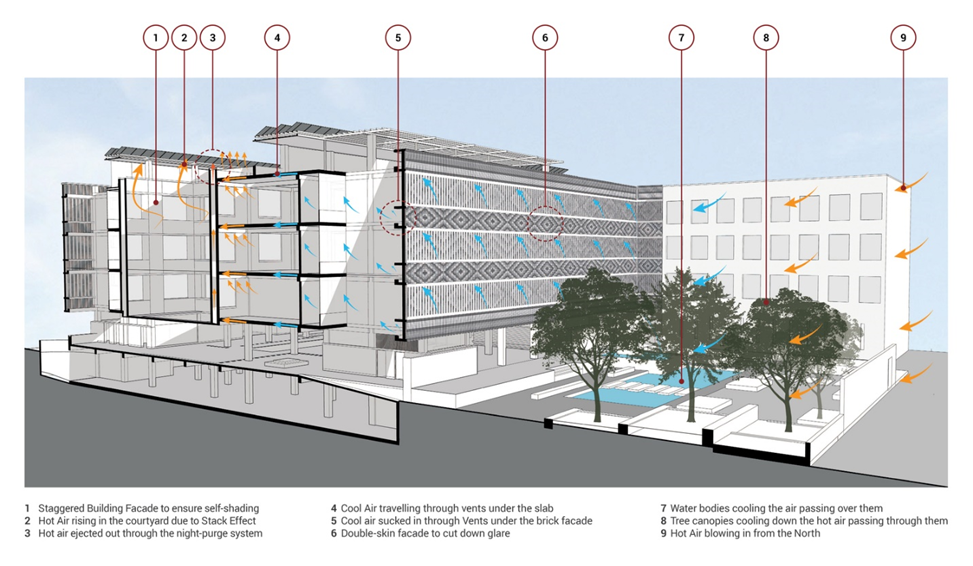Low Energy Thermally Comfortable NZEBs
Mr. Gian Modgil | CEO, Sterling India Consulting Engineers, Senior technical consultant at IFC, Regional Vice Chair – Government Affairs at ASHRAE RAL
A Net Zero Energy Building becomes the most important factor in the changing scenarios of urbanization, towards sustainable urban life. The understanding of NZEB shall not only be restricted to the operational phase alone, it should also include embodied energy of all the constituents of the building which go into making net-zero energy building. In real terms, it is a misnomer, as there can be no building without a carbon footprint. However, we have created our own logic that if we generate equal energy from renewable resources than what we consume, we become Net-Zero. Here we have ignored various other negative effects of materials/equipment/storage batteries utilized for this power generation as we deliberately ignore embodied energy in the making of a building.
The main challenge for the development of so-called net-zero energy buildings is to provide thermal comfort with minimal energy consumption in a particular climate. To achieve this, ancestral wisdom comes in handy where they used to create shelters that could provide thermal comfort based on the simple understanding of the functional aspect of the human body. When our body temperature rises, our blood flow increases towards the skin to release humidity to maintain the required body temperature. That is when we start sweating and the evaporative cooling effect starts. Our ancestors utilized the same principle for creating comfort in the shelters they built to protect human beings from the extremities of weather. This is evident in the vernacular design of buildings and settlements across the country as well as globally (Figure 1)

Image by Rhiannon from Pixabay
The advent of architecture was to create comfortable buildings designed on the understanding of inherent climate, natural shelters and human bodies to minimize the changes in the indoor environment based on ever-changing weather and climate conditions. However, over time, architects passed on the responsibility of creating thermal comfort to engineers who are trained to visualize thermal comfort as a product and therefore, achievement of thermal comfort shifted from being provided by natural passive means to being provided through artificial means. In the current scenario, thermal comfort has become a product created by machines using energy. Since access to energy is easy, this has resulted in buildings that consume significantly more energy without realizing the repercussions on the environment.

Image by Jaskaran Singh from Pixabay
With awareness towards sustainability and climate change, international consensus got developed to call for low-energy buildings. Here again, two parallel thinking streams got developed; one stream based on creating comfort as a product through low energy electromechanical means and the second one based on providing comfort through passive breathing structures giving occupants the opportunity to adapt and modify the environment to suit their preference. I am a strong believer of the second stream which is to create low energy (including Embodied energy) buildings and according to me that is the right way forward to create net zero energy buildings.
Contradictory views of creating high-performance low-e glass houses and then meeting the energy demand through on-site renewable energy or off-site locations is still not sustainable. Such buildings would still consume significantly more energy than a well-designed climate-responsive building. The design concept of NZEB should be based on utilizing the strength of the local climate and meeting the weaknesses of the same with minimal energy processes. Proper selection and deployment of materials to achieve dampened indoor space temperature compared to ambient with well suited thermal lag can easily ward away the daily discomfort zones without energy penalty.
Krushi Bhawan in Bhubaneshwar, India is an example of a building that utilizes natural ventilation through stack effect (Figure 3). This 130,000 sft office building for public administration achieves high thermal comfort for its occupants using passive design and low-tech techniques that helped cut down the need for air-conditioning via HVAC systems to only 20% of the built spaces.

Image credit: Studio Lotus
Cool outside air gets pulled into the building through the northern façade by means of a custom-designed ‘low-tech’ damper system (Figure 4). The north garden with water bodies and the shaded façade create a favourable micro-climate. Cool air enters at the floor level of every room and exhausted individually at ceiling level. The exhaust shaft leads to the terrace and doesn’t combine with upper floors to take benefit of the stack effect. Lowering the envelope/wall surface temperature close to wet bulb temperature by utilizing hygroscopic material like laterite as external cladding can further improve the feeling of adaptive thermal comfort. Ceiling fans are of course there to improve the feeling of comfort with enhanced air movement. All this is possible when the architect and engineer work closely right from the inception of the project taking the client/occupants into confidence. The outcome of Krushi Bhawan in Bhubaneshwar is evident of this process resulting in an extremely low-energy thermal comfort solution for a large building.

Image credit: Studio Lotus
Our earth has limited resources. The choice of leaving behind the planet in a state close to that we inherited and protecting the environment with minimal climate change finally rests with the “Built Environment” professionals and stakeholders. Broadly there are two choices today. One is about utilizing the potential of software for a better understanding of heat and mass flow through building envelope in order to create climate-responsive, thermally comfortable, low-embodied energy breathing shelters using local materials and craftsmen. Alternative choice is to take the software-driven synthetic approach of creating energy-intensive machine cooled structures exhibiting their energy efficiency compared to the more intrusive base models. I would go with the former to make sure that we utilize our Earth’s limited resources conscientiously ensuring their availability for us and future generations.
